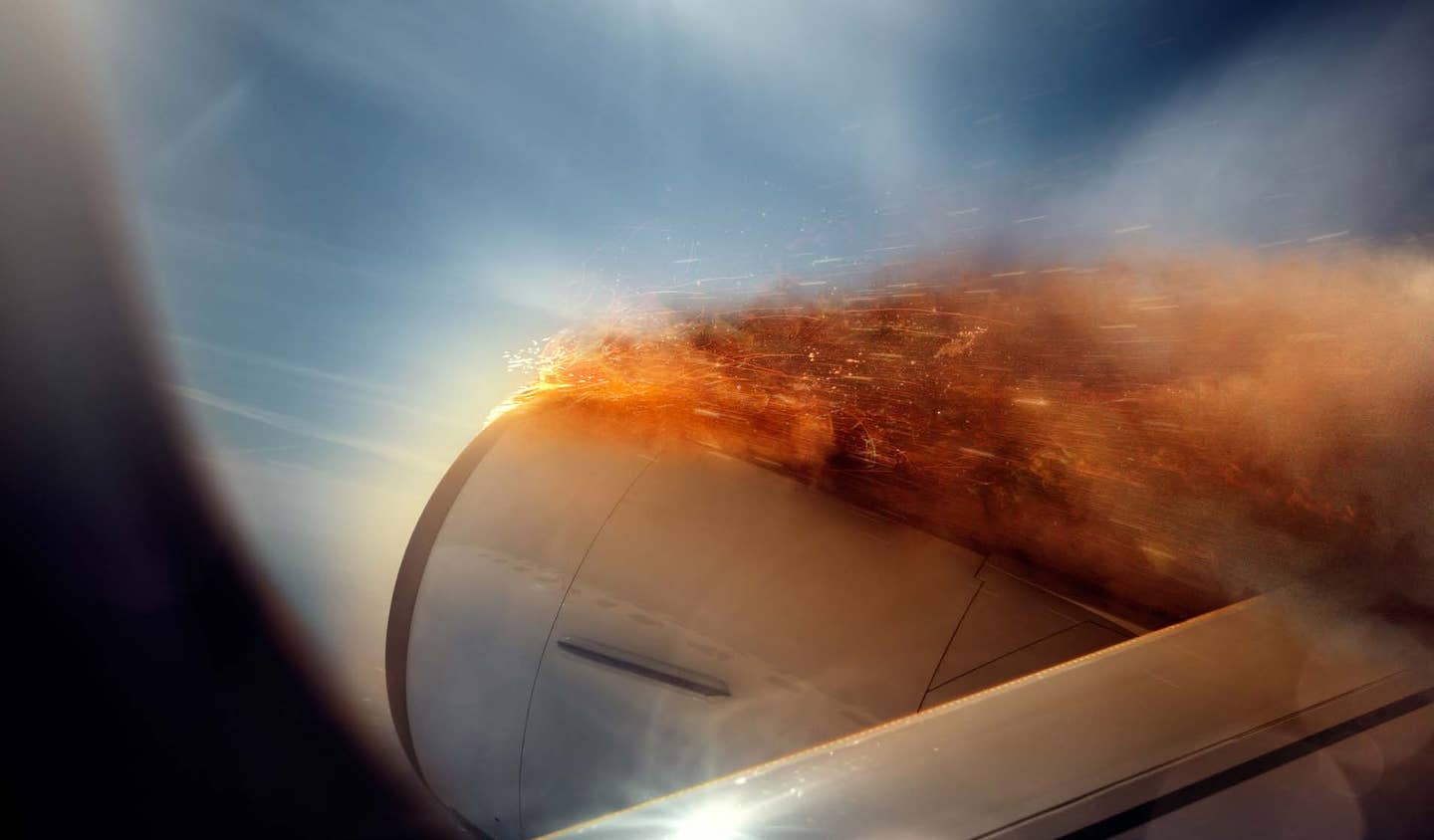
Twelve months ago, Embraer's first "clean-sheet" business jet design -- the Phenom 100 -- had just completed its first test flights. What a difference 12 months can make! Today, the Phenom is just one of four ... count them, four ... "clean-sheet" Executive Jet designs in development at Embraer.
Currently, the Phenom 100 is finishing its certification/validation test flights, with certification and first deliveries expected -- as scheduled -- before the end of the year. Two prototypes of the 100's bigger brother, the Phenom 300, have already flown, and the last of four Phenom 300 flight test prototypes is nearing completion, with certification for the 300 expected in the second half of 2009. Embraer plans to deliver 10 Phenom 100s before the end of this year, and the company says it's still on track to meet its goal of producing between 120 to 150 Phenoms in 2009.
For the most part, the Phenom has performed as predicted, although Embraer added wing fences to the Phenom 100 earlier this year in order to allow it to achieve its target of a 3,500-foot balanced field length. The company is also hoping to certify the 100 and 300 for a common type rating, since it is equipping both models with Garmin's Prodigy avionics suite (complete with WAAS and LPV approaches, RVSM, and synthetic vision capability).
Meanwhile, Embraer has introduced two other Executive Jet designs to fill the size/range gap between the 4 to 6 seat Phenoms and its Super Midsize Legacy 600 (which is based on the company's highly successful ERJ 135 commercial regional jet). The Legacy 450, which Embraer is classifying as a Midlight jet, is a 4 to 8 passenger airplane with a stand-up cabin and a 2,200 to 2,300 nm range. The Midsize Legacy 500, which will have significant parts commonality with the 450, is also a 4 to 8 passenger airplane, but with a 2,800 to 3,000 nm range and a slightly faster cruise speed (Mach .80 versus Mach .78). Embraer expects certification and first deliveries of the 500 in the second half of 2012, with certification/first deliveries of the 450 to follow a year later. The 500 is priced at $18.4 million, and the shorter-range 450 has a price tag of $15.25 million.
All this is in addition to Embraer's existing Legacy 600 Executive Jet, which began deliveries in 2002, and its Ultra-Large Lineage 1000 jet, which is scheduled for its first delivery this December. It's an astounding rampup and expansion for a company that launched its first business jet program only eight years ago. And yet, Embraer has, at least so far, been pretty successful at hitting its performance and milestone markers.
Part of that success may be due to the enormous investment in infrastructure, technology, personnel and support systems Embraer has made in its Executive Jet program. Over the past seven years, the company has invested $74 million in a new final assembly and test flight facility at Gavião Peixoto, approximately 200 miles northwest of its main headquarters near São Paulo, Brazil. And at EBACE this past May, Embraer announced that it was also building a final assembly, interior and delivery center for Phenoms in Melbourne, Florida. The facility is scheduled to open in 2010 and is expected to handle about half of the company's Phenom completions and deliveries.
In addition, Embraer has put $68 million into expanding its manufacturing plant at Botucatu, Brazil, to accommodate the new Phenom 100 and 300 production. At full capacity, the facility will be able to turn out 22 Phenoms a month -- in part because of increased mechanization and robotics that Embraer is incorporating into the production process. Even so, the managers at Botucatu are hiring 400 new employees every six months to keep pace with its expanding production plans.
All told, Embraer officials estimate that the company is investing approximately US$250 million in the Phenom program and another US$500 million in the Legacy 450 and 500 programs. And that's not including the US$100 million Embraer has committed to developing customer support systems and infrastructure for its line of Executive Jets -- infrastructure that includes 45 service centers worldwide.
Clearly, Embraer is very, very serious about its foray into the business jet market. In 2005 -- five years after launching the Legacy 600 -- the company set as its goal "to become a major player in the business aviation market by 2015 through innovative and differentiating product and service solutions." So how is its commitment and investment paying off? In some ways, it's too soon to tell. But the company already reports 800 nonrefundable deposit orders for Phenom 100 and 300s, and it has delivered or has orders for more than 200 Legacy 600s. Embraer didn't release exact figures on sales of the 450 and 500, except to say that it had converted a number of the 100-plus letters of interest it received at EBACE to firm orders -- mostly for the longer-range Legacy 500.
The other positive indicator for Embraer is that the demand for business jets is still growing, even as the commercial airline market, which was Embraer's main source of income eight years ago, is softening. One of the reasons Embraer's backlog for Legacy 600s is only 18 months is because it can now devote 95 percent of its San Jose dos Campos manufacturing facility to 600 production. Almost all of Embraer's ERJ 145 commercial jets are now produced at a plant in China, because China is the main customer remaining for those planes. At the same time, however, business jet manufacturers sold more than 1,000 airplanes in 2007 -- the first time that benchmark has ever been exceeded -- and Embraer expects that number to increase to over 1,200 aircraft this year, worldwide.
"In 2005, our thought was to diversify," said Embraer's executive vice president for Executive Jets, Luis Carlos Affonso. "That we had these two industries [commercial and business aviation] that both used core competencies which we could apply to diversify. And I think what you're seeing now is that that strategy was correct, because you see one industry much more affected than the other."
A year ago, Affonso said that the company's eventual goal was to have its Executive Jets account for 20 percent of it revenue. Today, business jet sales already account for 16 percent of company income, and Embraer has now upped its target percentage of revenue number to 25 percent. Even managers at Embraer seem to be a little surprised -- albeit pleasantly surprised -- at the success of the company's investment and efforts so far. I asked Affonso if he foresaw, when he took over the Executive Jets division in 2005, this rapid expansion of Embraer's Executive Jet line. He smiled. "Not this many," he said. "And not this fast."

Sign-up for newsletters & special offers!
Get the latest FLYING stories & special offers delivered directly to your inbox






